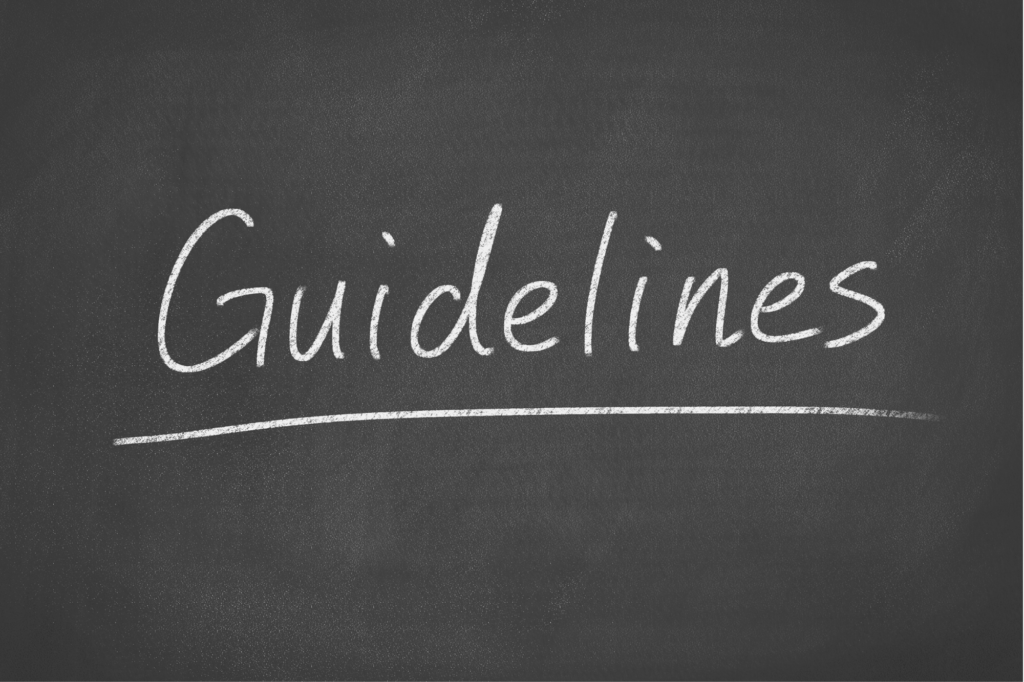
Following my earlier article concerning Work-related Limb Disorders, this article concentrates on changes relevant for assessing damages for Noise Induced Hearing Loss under the 16th Edition of the JC Guidelines.
What stays the same?
Many features of the guidance in relation to valuing NIHL cases remains the same as the 15th Edition:
- ‘Deafness/ Tinnitus’ remains as part B of Chapter 5 – Injuries Affecting the Senses.
- The section most likely of use for NIHL cases is (d) Partial Hearing loss and/ or tinnitus.
- The guidelines in this section largely remain the same. Increases to the values are made for inflation. Non-Simmons v Castle figures are removed.
What is different?
However, part B now contains a new section:
“(e) Acceleration of, or time-limited need for, the use of hearing aids.”
An award of about £5,000 is suggested for a 5-year acceleration in need for hearing aids. About £9,700 is suggested for a 15-year acceleration.
In some ways this might be considered to be a variation of section (d). If a claimant is able to prove NIHL of, say 7 dB which could be considered under section (d), then there is likely to have been an acceleration in the need for hearing aids, or there will be.
However, what this might open up is an argument that even if there is no noticeable effect on hearing with very low levels of hearing loss (say 2 dB), then if the claimant is able to prove an acceleration in need for hearing aids, then the damage will be compensable nonetheless. Since a 5-year acceleration receives about £5,000, it would be possible to argue that shorter periods are also compensable.
Of course, a change to the Judicial College Guidelines does not change the law in relation to de minimis. It may, though, support such an argument.
Conclusion
For the vast majority of cases, it is likely that the above change will not make a great deal of difference. Quantum has always taken into account any acceleration in need for hearing aids, if the same can be proved.
Time will tell whether arguments will be raised in relation to cases of very low levels of loss where there is no noticeable effect on an individual, but an acceleration in need for hearing aids can be proved.
In my next article, I shall look at the changes in relation to Asbestos-related Disease.
Sign up for email alerts about new Updates:
Please contact me for any training requests in respect of related matters.
Parklane Plowden Chambers websites: Personal Page, Contact my clerks